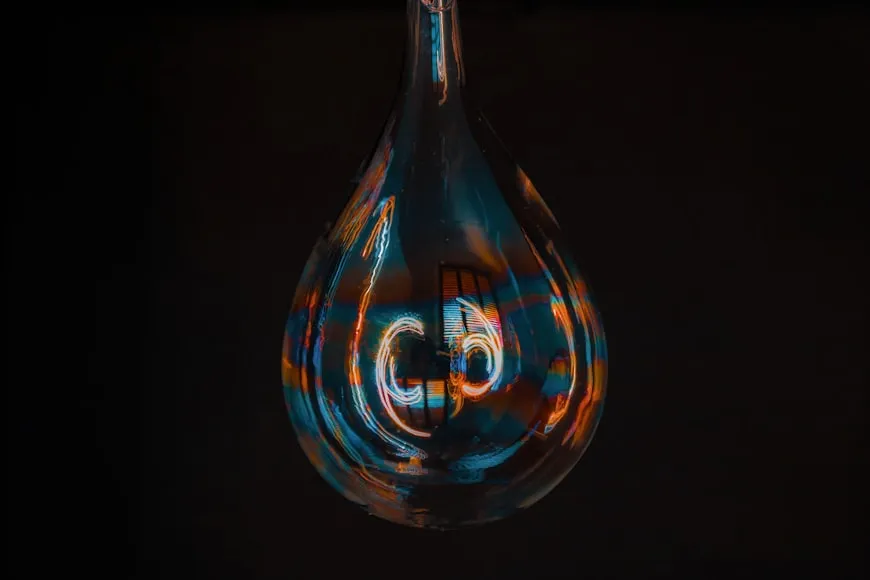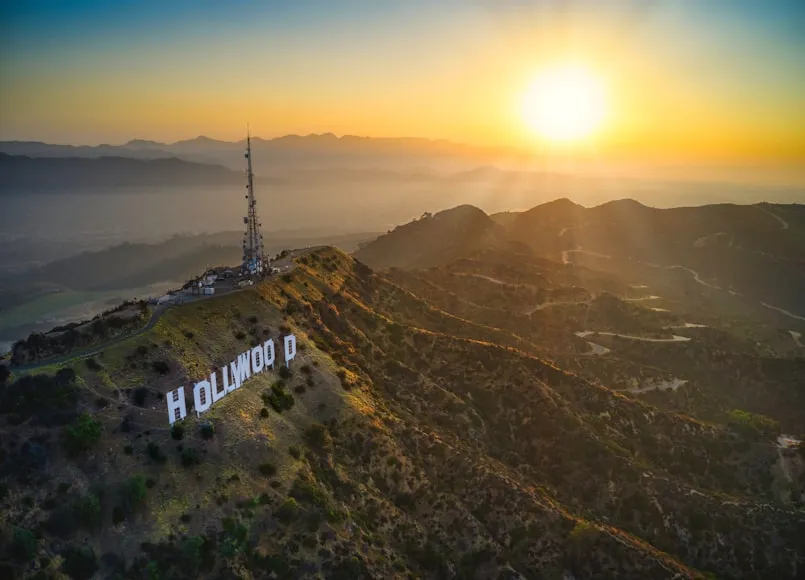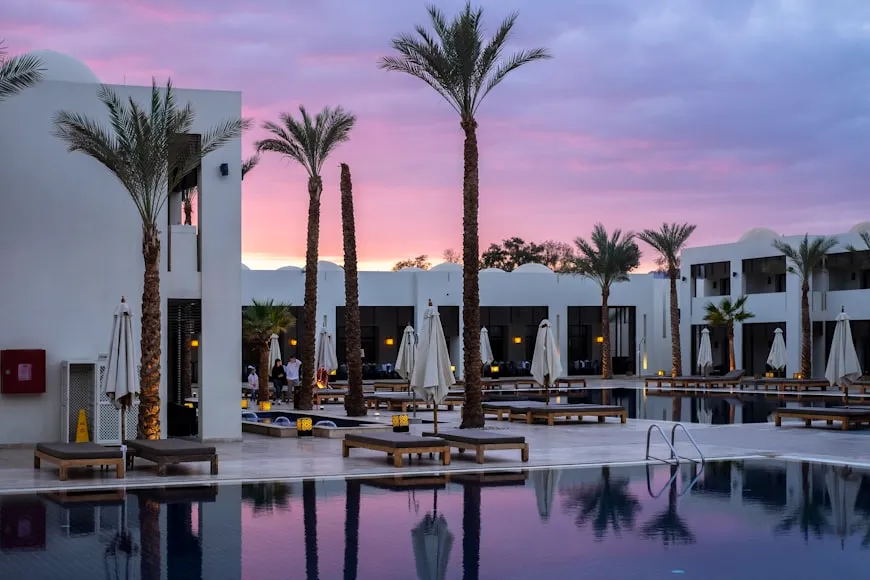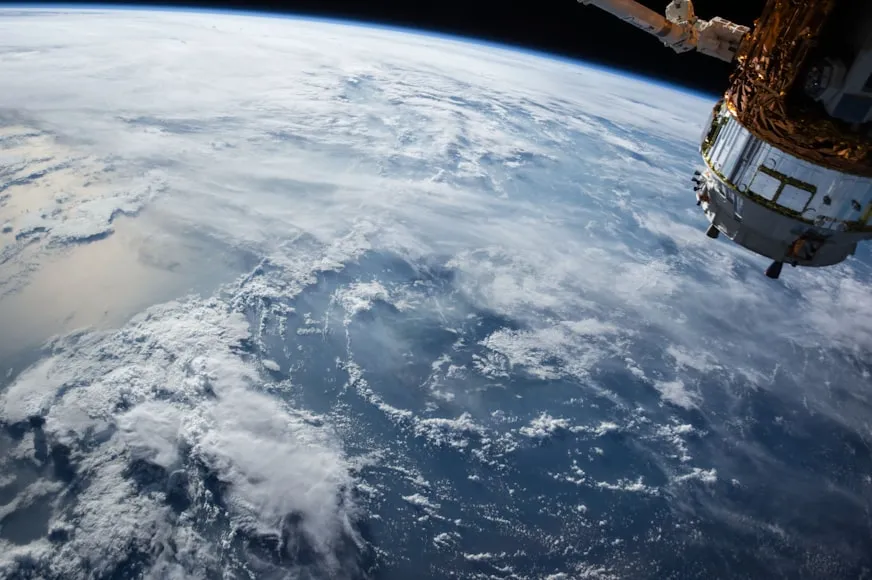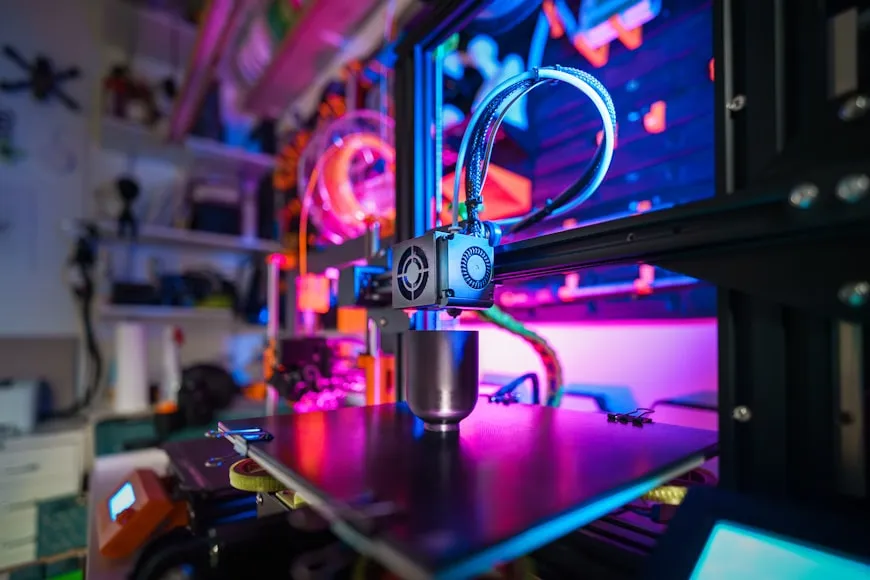
In a hyperconnected world where trends can rise and fade in the space of a single TikTok scroll, “newness” has become both a cultural driver and a challenge. In 2025, the hunger for the new isn’t just about novelty for novelty’s sake — it’s about adaptation, survival, and identity in a rapidly changing global environment.
The pace of change
Technological advancements are the clearest face of newness. Artificial intelligence, once the realm of science fiction, is now embedded in everything from personalized healthcare diagnostics to AI-generated fashion designs. Start-ups are racing to bring the next big breakthrough to market — whether that’s lab-grown diamonds, edible packaging, or quantum computing solutions.
But newness extends beyond tech. Cultural spaces are evolving just as fast. Music genres are fusing across continents, with Nigerian Afrobeats artists collaborating with K-pop producers, and indie cinema from South America gaining international distribution via global streaming platforms. The cross-pollination is making the world’s creative output richer — and harder to categorize.
The psychology of novelty
Humans are wired to seek novelty, but the 21st century’s speed is testing our limits. The average consumer now encounters more new products, services, and ideas in a week than their grandparents might have in a year. This is exciting — but it can also be exhausting, leading to “trend fatigue.” Brands and creators face the delicate task of staying fresh without burning out their audiences.
Sustainability vs. constant change
One of the paradoxes of newness is its environmental impact. Fast fashion, disposable electronics, and rapid product turnover contribute to waste. A growing countertrend — “sustainable newness” — is emerging, where innovation is paired with longevity, repairability, and ethical production. This reflects a maturing consumer base that wants progress without planetary harm.
Global access to innovation
Historically, newness often debuted in wealthy countries before trickling elsewhere. That’s shifting. Affordable smartphones, decentralized financing, and remote collaboration tools mean innovations can emerge and scale from anywhere. In 2025, a groundbreaking fintech app can be built in Nairobi, tested in Jakarta, and adopted in New York within months.
In this landscape, the ability to adapt is as important as the innovation itself. Newness is no longer a wave to catch — it’s the ocean we all swim in. The question is not whether change is coming, but how gracefully we can navigate it.

